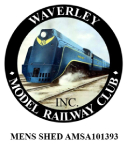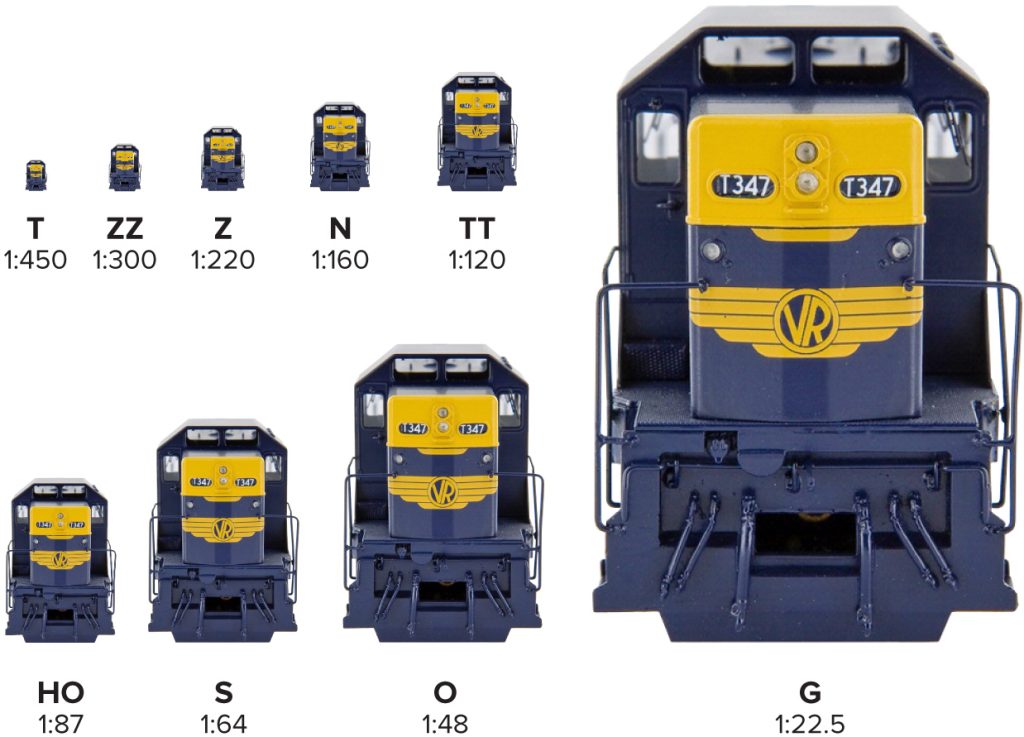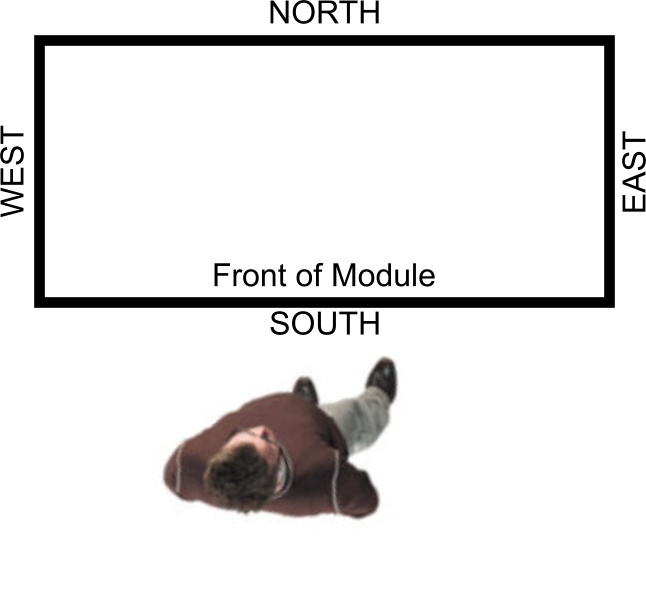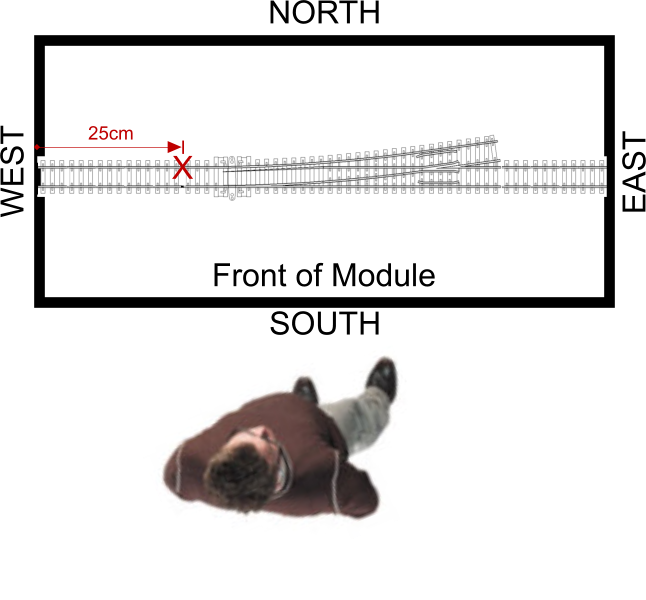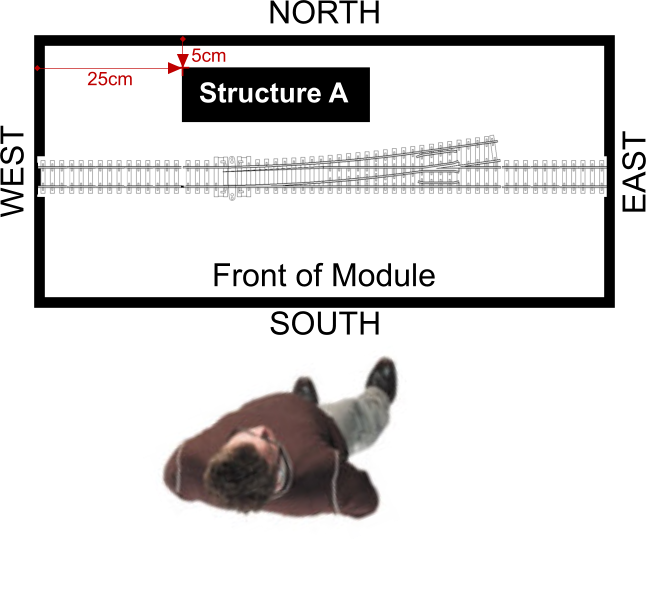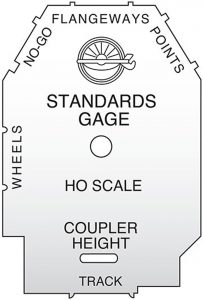Hollow Glen – Starting your model train layout
Trevor Holloway who built and runs the exhibition layout Hollow Glen has kindly put together information on how to get your own layout up and running as well as giving an introduction to the hobby.
Please Click here to download the PDF file
You will need Adobe Acrobat Reader to view the file which can be downloaded from https://www.adobe.com/au/acrobat/pdf-reader.html
Please note the advice provided is solely that of the author and does not necessarily reflect the views of the Waverley Model Railway Club.
